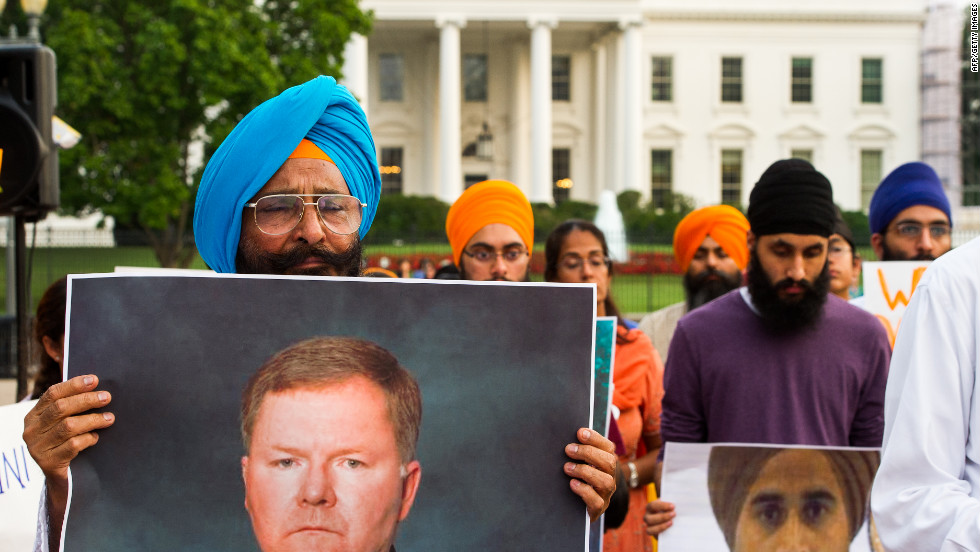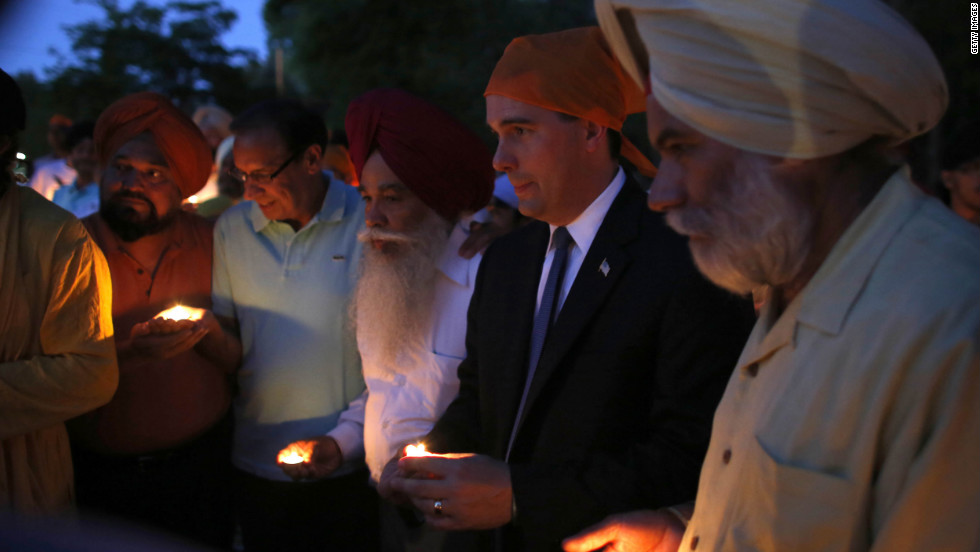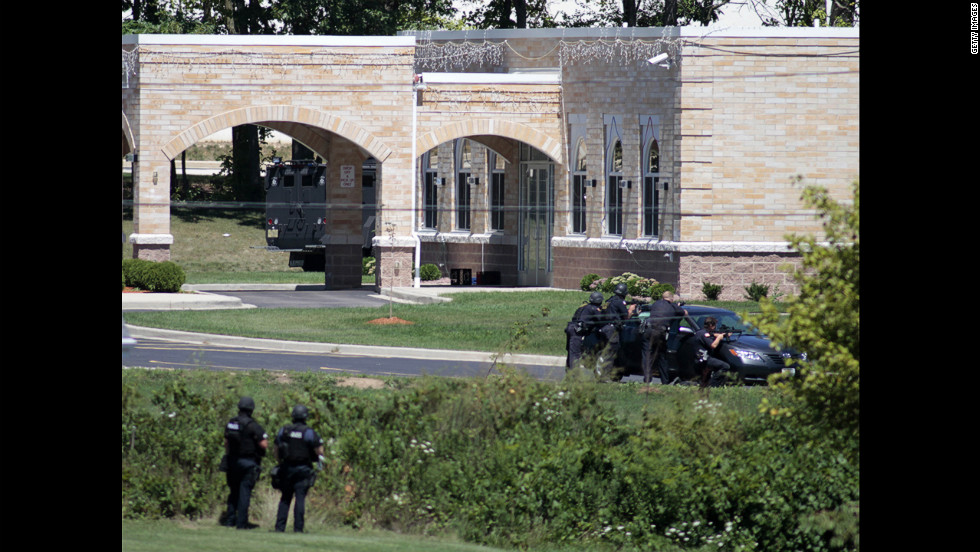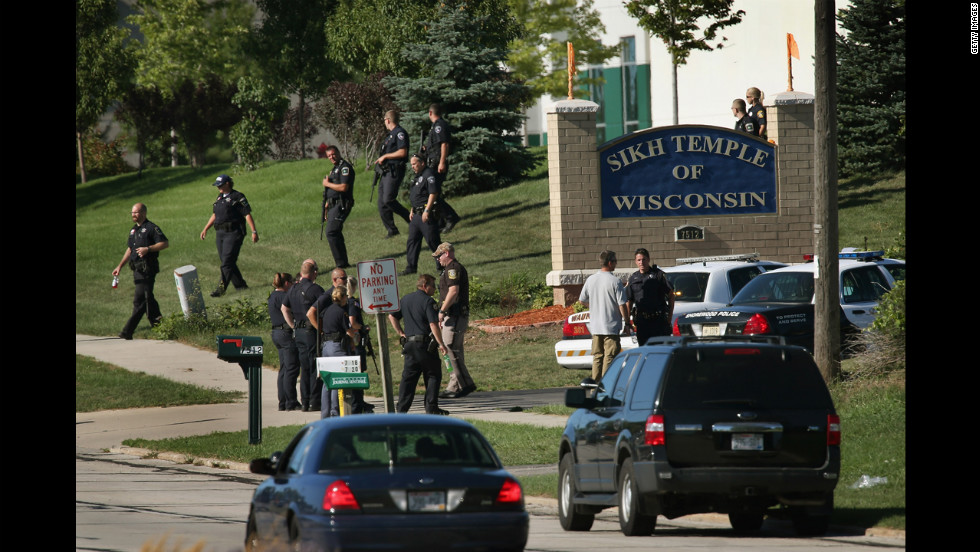Story highlights
- Page was associated with "the scariest, most violent skinhead group," the director of the SPLC says
- Authorities are looking into whether the gunman, who was killed, had ties to such a group
- There are more than 1,000 hate groups active in the United States, a rights group says
- Some recruit through music
Hundreds of white supremacist groups are active in the United States today and are experiencing a kind of resurgence, experts say.
They are in the spotlight this week in the wake of a deadly shooting at a Sikh temple outside Milwaukee. Authorities have said they are looking into whether the gunman, who was killed, had ties to such a group.
"I know they're out there. I try not to alarm the public too much, but it's something that really needs to be taken a hold of now because more and more we see facts coming out that this is happening more often and more often, and it's not going to stop anytime soon," said David Gletty, who worked as an undercover informant on extremist groups for the FBI.
Currently, there are more than 1,000 hate groups in the United States, according to the Southern Poverty Law Center, which tracks them and says it was tracking the Wisconsin gunman for years before the attack.
Wade Michael Page, 40, was a "frustrated neo-Nazi," said the center. His tattoos included the Celtic cross adopted by white supremacist groups, and he was a member of two "racist skinhead" bands, it said.
In addition, he was associated with Hammerskin Nation, according to Mark Potok, director of the center. "Hammerskins are the scariest, most violent skinhead group out there. So Page was in the middle of a scene that really was very violent, hyperpolitical. And he was not on the fringes of this scene. He was really in the thick of it."
On its website, Hammerskin Nation says it is "a leaderless group of men and women who have adopted the White Power Skinhead lifestyle." It adds, "We must secure the existence of our people and a future for White Children."
Jack Levin, a professor of sociology and criminology at Northeastern University in Boston, pointed to several factors behind the strength of white supremacist groups, including a flagging economy and the election of the country's first black president.
"During tough economic times, the credibility of mainstream, conventional institutions and leaders declines dramatically and what happens is that more and more Americans have given up resolving their problems in the middle and have gone to the extremes," he said.
But there's a twist.
While the number of white supremacist groups is rising, the overall impact on membership is not clear, said Levin.
That's because the groups, while there are more of them, are smaller, he said, adding that their splintering makes the cells more dangerous and difficult to disrupt.
"It's harder for the FBI to find an informant. It's more difficult for them to infiltrate. A small number of good friends can do incredible damage," said Levin.
Mark Pitcavage, director of investigative research at the Anti-Defamation League, said right-wing extremism is experiencing a resurgence.
But to grow, white supremacist groups have to buck a long-term trend toward inclusion, he said. "For the white supremacist movement to expand, that's swimming upstream."
And that's hard.
According to Levin and Gletty, one of the principal ways the groups recruit is through far-right music.
"The music is a very creative tool and a very important tool for bringing in the youth. They bring in these kids that are on the outskirts of society that feel rejected by society ... They brainwash them into believing that hate is the way to go and following them is the only way to go," said Gletty.
"There are many teenagers who commit what I would call thrill hate crimes," said Levin. "Often, they're inspired by the white power rock lyrics and the literature of white power groups. They may not themselves be members of these organizations, but they are influenced by them."
In such a way, white supremacist groups can have an impact greater than their numbers.
"We have 300 million (people) in this country, so even the fringe of the fringe is a lot of folks," said Pitcavage.
Potok said he believes that in the coming months and years, "We are looking at the very real possibility of more domestic terrorism along these lines. We've seen it in Europe as well as here. I think this is accelerating, not decelerating."





































































